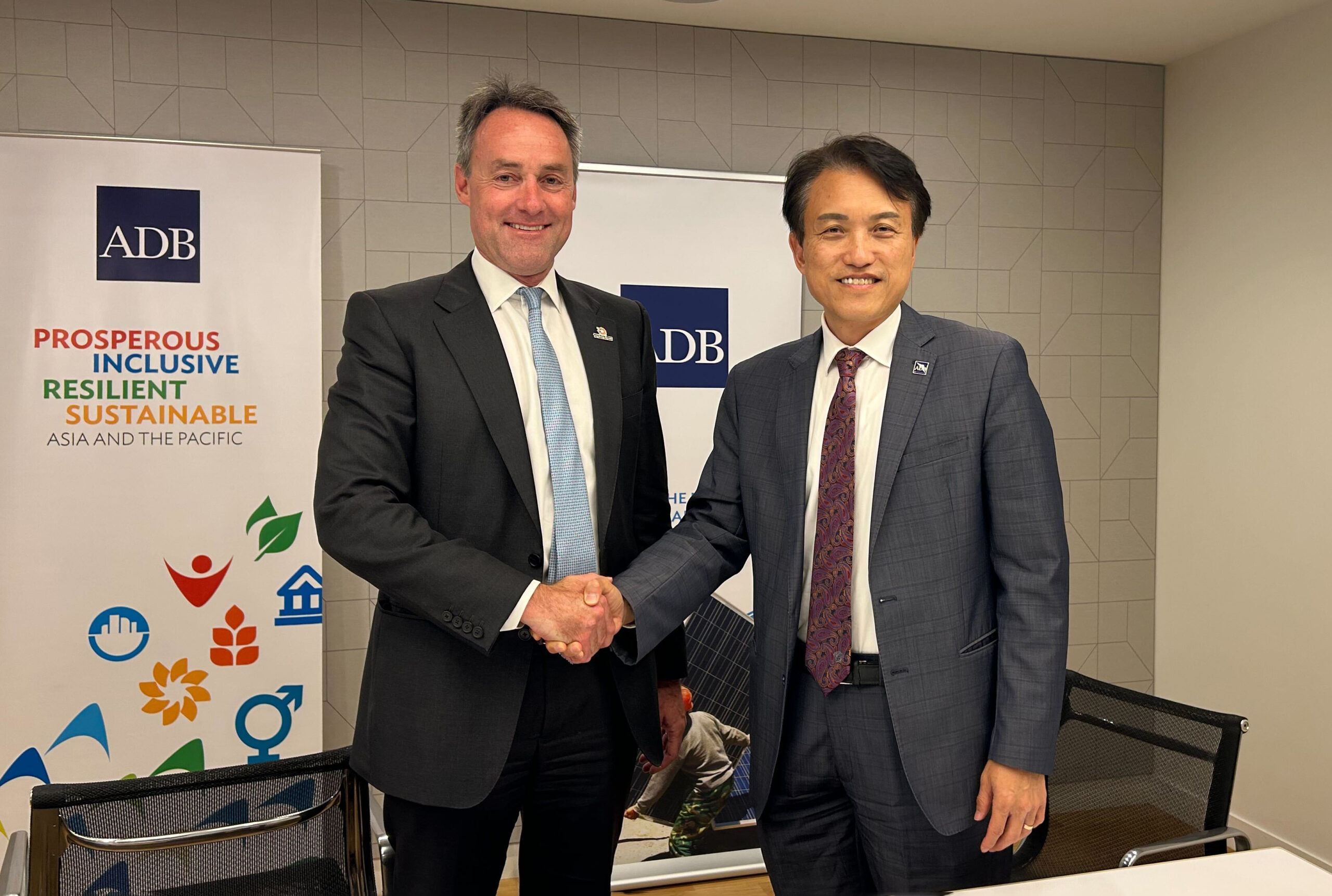Leapfrogging in Asia can drive clean energy transitions

As the world faces unprecedented climate challenges, Asia stands at the forefront of a transformative shift in energy landscapes. By leapfrogging over traditional, carbon-intensive development stages in favor of cleaner and more sustainable technologies, the region is paving the way for a sustainable future. The importance of leapfrogging in aligning Asia’s efforts to its climate commitments emerged as a recurring theme in the dialogues at the Economist Impact Event’s ‘3rd Sustainability Week Asia’. The urgent need to combat climate change, reduce greenhouse gas emissions, and ensure sustainable economic growth makes leapfrogging vital for Asia’s green future. By focusing on large-scale adoption of renewable energy, technological innovation, policy frameworks, and international collaboration, leapfrogging could guide Asia towards a sustainable energy future while addressing the challenges posed by climate change.
Southeast Asia’s Strategic Shift to Renewables: The Current Scenario
Southeast Asia is one of the world’s most climate-vulnerable regions. As energy demands in Southeast Asia are expected to triple by 2050, the region stands at a critical juncture. While the period between 1990-2020 marked rapid progress and economic growth, it also saw a doubling of CO2 emissions, heightening risks of natural disasters, agricultural disruptions, and health implications.
In response, several Southeast Asian nations have unveiled ambitious plans and agreements to combat climate change. Indonesia’s state-owned electricity company, PT Perusahaan Listrik Negara (PLN), signed fourteen strategic agreements at COP28 to accelerate renewable energy adoption. Meanwhile, Vietnam approved the Power Development Plan (PDP8), emphasising wind and gas energy while reducing reliance on traditional fuels.
As Southeast Asia ramps up its renewable energy efforts, the region faces significant challenges that require robust policy support and international cooperation. Strong governmental backing for clean energy projects is crucial, but a just transition requires global collaboration. Access to climate finance, technology transfer, and capacity-building are prominent challenges in the region. Multi-stakeholder collaboration across public and private sectors is needed to speed up access to capital and skills. Global support for Southeast Asia’s energy transition could help meet 75% of the projected increase in electricity demand originating from emerging markets and developing economies by 2050.
Policy Interventions to Overcome Energy Transition Roadblocks
Several Asian countries have committed to ambitious net zero targets and policies, signalling a shift towards sustainability across diverse energy sectors. However, as the energy transition accelerates, policy frameworks need strengthening. Challenges such as infrastructure limitations, technological barriers, and funding gaps must be addressed. Policy reforms to enhance financial incentives, streamline regulatory processes, and foster collaboration between governments, industries, and civil society are critical. Proactively addressing these challenges and embracing innovative policy solutions can accelerate renewable energy uptake, leading to a sustainable and prosperous future.
A Collaborative Approach to Net Zero Efforts
Public-private partnerships, technological advancements such as Distributed Renewable Energy (DRE) and Battery Energy Storage Systems (BESS), and philanthropic support are key drivers of the clean energy transition, with initiatives like the Global Energy Alliance for People and Planet (GEAPP) leading the way.
The average annual investments that Southeast Asia needs to meet its net zero targets, as estimated by the International Renewable Energy Agency (IRENA), amount to $210 billion. Meeting the 1.5-degree climate goals requires an additional $2 trillion in annual investment, public and private by 2030 for emerging and developing economies (EMDEs). A collaborative approach involving philanthropies, governments, financial institutions, and the private sector is needed. Innovative financial mechanisms like the blended finance framework and catalytic capital through grants and concessional financial instruments can provide the necessary capital and support for green growth. Embracing this approach ensures a rapid, equitable, and economically viable transition for Southeast Asia and the world.

Asia’s Leap Towards a Sustainable Future
The economic transformation ushered in by clean energy-fueled leapfrogging can eventually decouple economic growth from carbon emissions and energy use. This shift aligns with the global push for an energy transition to combat climate change and foster prosperity. By prioritizing renewable energy adoption, investing in green technologies, and embracing sustainable development policies, Asia can mitigate climate change impacts and create a more equitable and prosperous future.
Conclusion
Asia has the potential to lead the global energy transition. The choices made today will determine the trajectory of global climate efforts and the well-being of future generations. By deploying new technologies and supporting them with robust policies, Southeast Asia can harness renewable energy to create a sustainable future for the planet.





